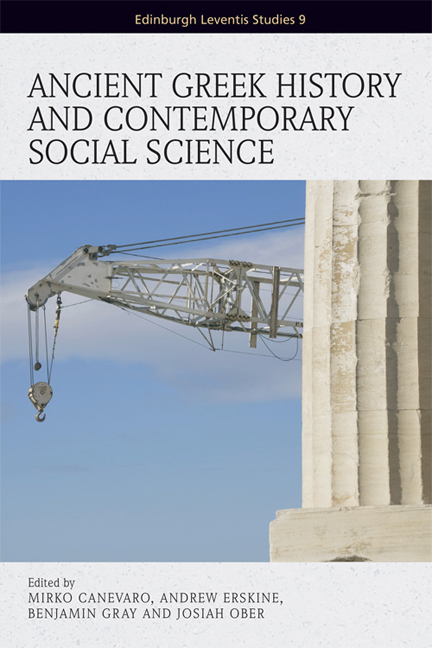17 - Muddle Wrestling: Grappling for Conceptual Clarity in Archaic Greek Money
Published online by Cambridge University Press: 06 May 2021
Summary
INTRODUCTION
The beginnings of coinage within the Lydian kingdom in western Asia Minor towards the end of the seventh century bce and its rapid spread across Thrace, Greece, Greek Italy and Libya in the second half of the sixth century are often seen as a critical juncture in monetary thinking and practice. For the first time in Western history, scores of communities were making and using items that we today recognise as money. Why the first coins were produced, particularly in a man-made gold–silver alloy, is an inexplicable problem, but their appearance marks, it would seem, the culmination of a process that began with non-monetary transactions, such as gift exchange, barter or palatial redistribution, and ended with advanced, even modern levels of money use in public and private transactions. Key to most accounts of the first coins is the equation coins = money. Few commentators doubt that the earliest coins were money. But whether there was money before coinage, in Greece especially, remains a contested issue. This, then, is a fundamental question: was there money before coinage, and if so, what was it? At stake in this question is our understanding of how revolutionary the first coins were – or were not – economically, socially and politically, especially since their appearance coincided with critical developments in the organisation of the communal life of many Greek poleis and their immediate neighbours. But to formulate an answer depends on what one means by ‘money’ – or even ‘coin’ – and this is where many arguments tend to get stuck.
Any approach to this question requires confronting several interlocking and intersecting problems. Along one axis, the historical, there are disparate traditions for early money or monetary ways of thinking that eventually became entwined, adapted or abandoned. From the Near East there came a tradition of monetised silver, which eventually engulfed contemporary traditions in the Aegean region that included the possible monetary use of cattle, grain and non-precious metals in various forms. How the Greek adoption of monetised silver relates to the beginning of coinage is not clear since the first coins were electrum, which remained the preferred coining metal for around seventy-five years.
- Type
- Chapter
- Information
- Ancient Greek History and Contemporary Social Science , pp. 485 - 511Publisher: Edinburgh University PressPrint publication year: 2018



